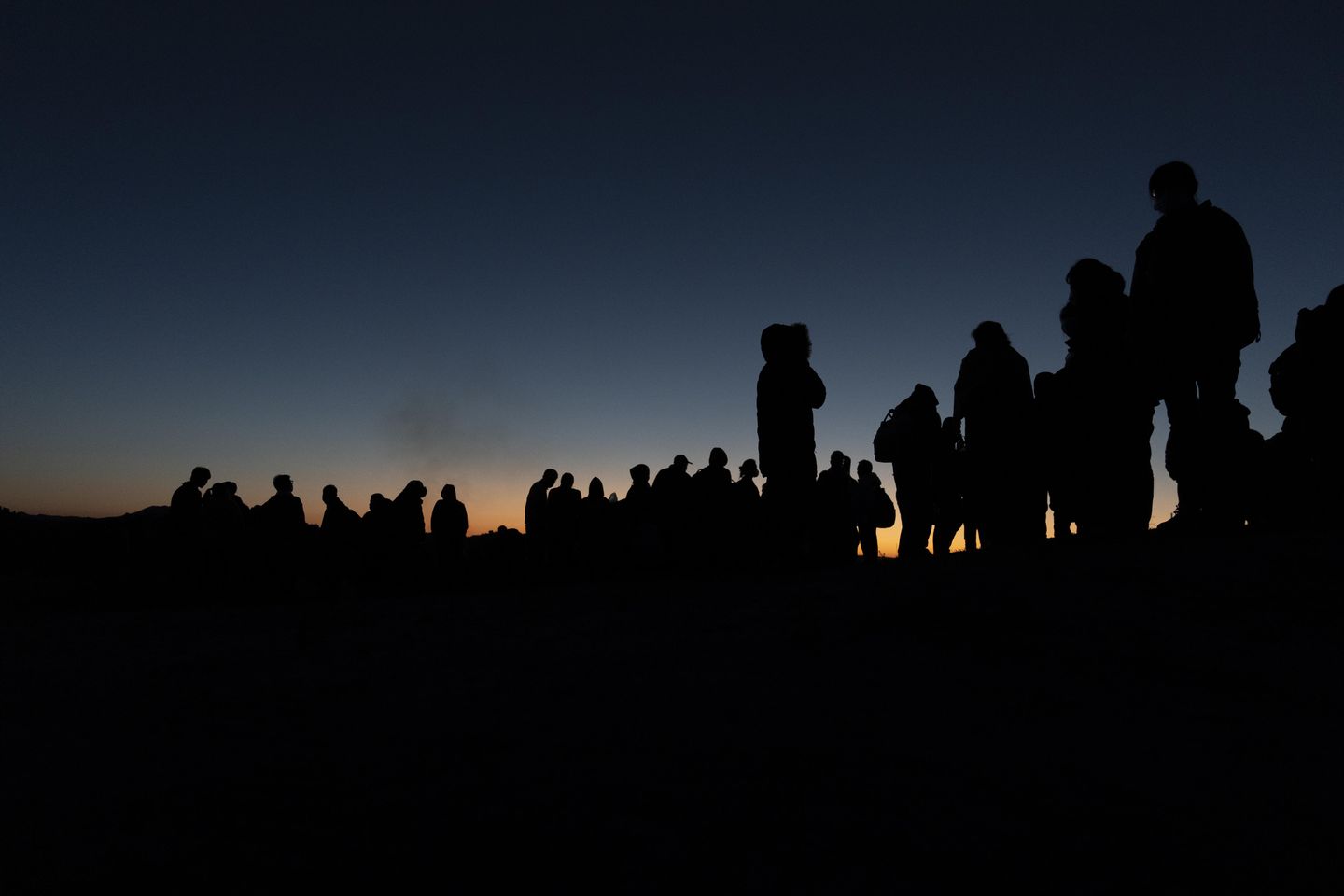
The Trump administration’s aggressive deportation strategy could cost understaffed U.S. medical providers more than 1 million non-citizen workers, including a third who are undocumented, according to an estimate published Thursday.
The analysis of Census Bureau data in the Journal of the American Medical Association found that 3.4 million out of over 20 million U.S. health care workers in 2024, or roughly 17%, were foreign-born. That included 2.3 million naturalized citizens, 697,584 documented non-citizens and 366,563 illegal aliens.
Documented and undocumented migrants made up about 4% of workers in hospitals and outpatient settings, 7% of nursing home workers, and at least 10% of home health care workers nationwide.
Researchers from Harvard Medical School, the City University of New York at Hunter College, the Institute for Community Health and a community health center in Worcester, Massachusetts used a “widely accepted algorithm” to tally illegal aliens based on the employment, birthplace and citizenship of respondents to the Census Bureau.
“The U.S. is already facing shortages of health care personnel, which will be worsened by mass deportations and revocation of programs such as Temporary Protected Status, which allows some immigrants to temporarily live and work in the U.S.,” said Dr. Stephanie Woolhandler, a public health professor at Hunter College who co-authored the study.
Dr. Woolhandler told The Washington Times that naturalized citizens and documented migrants, including those with TPS status from nations like Venezuela and Haiti, comprised most of the noncitizens working as skilled physicians, technicians and nurses.
She said her team likely undercounted illegal aliens working in nursing homes and home health care since they “may avoid answering federal surveys.”
The study cited White House efforts to strip the TPS status of immigrants from nations such as Haiti and Venezuela as a reason for medical professionals to fear deportation.
Researchers noted that post-pandemic staffing shortages have forced two-thirds of U.S. hospitals to operate below capacity and half of all nursing homes to limit admissions.
Recent Immigration and Customs Enforcement data suggests that a significant majority of arrests and deportations under the Trump administration have involved migrants with criminal records.
According to ICE figures released last month, the agency has deported about 46,000 people since mid-January, shortly before President Trump returned to office.
Among roughly 40,000 arrests made during that time, about three-quarters involved migrants with criminal convictions or pending charges on their records.
“President Trump has a clear message: if you are here illegally, we will find you and deport you,” Homeland Security Secretary Kristi Noem said last month. “You will never return. But if you leave now, you may have an opportunity to return and enjoy our freedom and live the American Dream.”
The criminal status of migrants arrested and removed at the border by U.S. Customs and Border Protection agents is less clear.
Andrew Crapuchettes, CEO of Idaho-based job website RedBalloon, said it’s unlikely the Trump administration has or will round up skilled medical workers in its crackdown on criminal migrants.
“Given the documented certifications required for RNs, LPNs, etc., it is unlikely that illegal aliens are concentrated near patient interactions but are instead concentrated in the cleaning and maintenance part of the sector,” said Mr. Crapuchettes, who was not involved in the JAMA study.
The study estimated that 335,599 non-citizens worked in hospitals, 102,936 in nursing homes, 160,584 in home health care, and 231,245 in clinics and medical offices last year.
Non-citizens made up the largest shares of the health workforce in New York (12.8% of employees), Florida (9.7%) and California (8.7%).
“Deporting millions of immigrants, as President Trump plans, would cause a crisis that would undermine the care of all Americans,” said Dr. David Bor, a co-author of the study and professor of medicine at Harvard University. “Nursing homes would face shortages of nursing personnel, causing some to close and others to cut back on admissions.”








